Local SEO: 6 Quick Wins For Your Brick-and-Mortar Business

For decades, local brick-and-mortar businesses relied on word-of-mouth, foot traffic, and local advertising to draw in customers. Even with the Internet, it was still easier to work with people you knew and to trust recommendations from friends.
But once we all started carrying smartphones in our pockets, our habits started to shift. Now 89% of people search for a local business on their phone at least once a week – and 58% say that it’s a daily habit. This means that if your business can’t be found online easily, you’re missing a huge segment of potential customers.
Fortunately, Google understands that many people still want to do business with local brick-and-mortar retailers and service providers. In fact, they’ve baked it right into their algorithms. In this article, I’m going to share six strategies that you can use to help your company rank for important local keywords so customers can find you.
But first, you need to understand how local SEO works.
Two Ways to Rank
One of the unique things about local SEO, as opposed to standard search optimization, is that there are different ways you can rank. If you want to be successful, you need to pay attention to both.
The first is Local Pack Ranking. These results appear at the top of the page with a map pointing out their location:
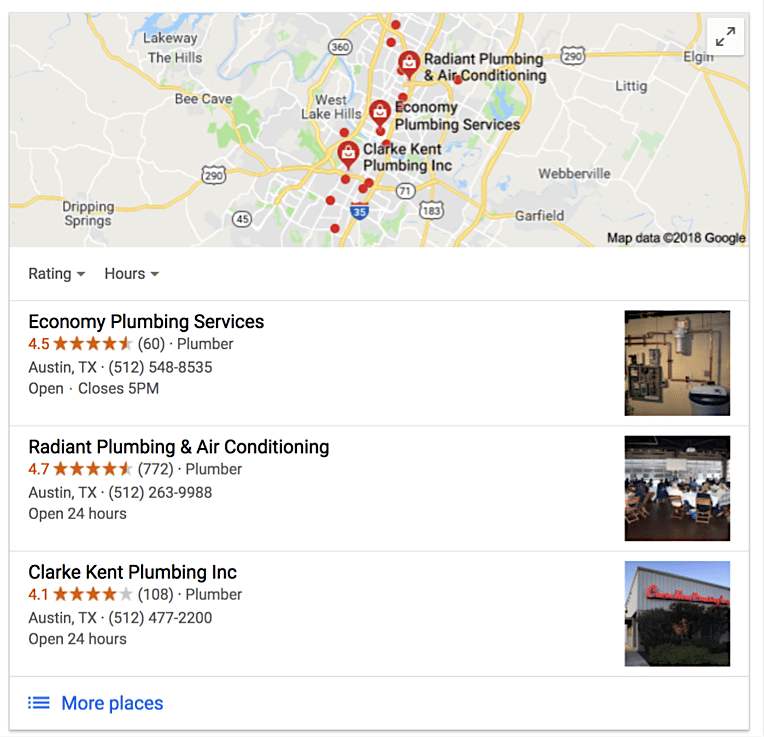
This is essentially position “0” because these results appear before any of the organic listings. By default, three companies will show and it can pay off big time to be one of them.
Below these three results, you’ll see your standard localized organic search results:
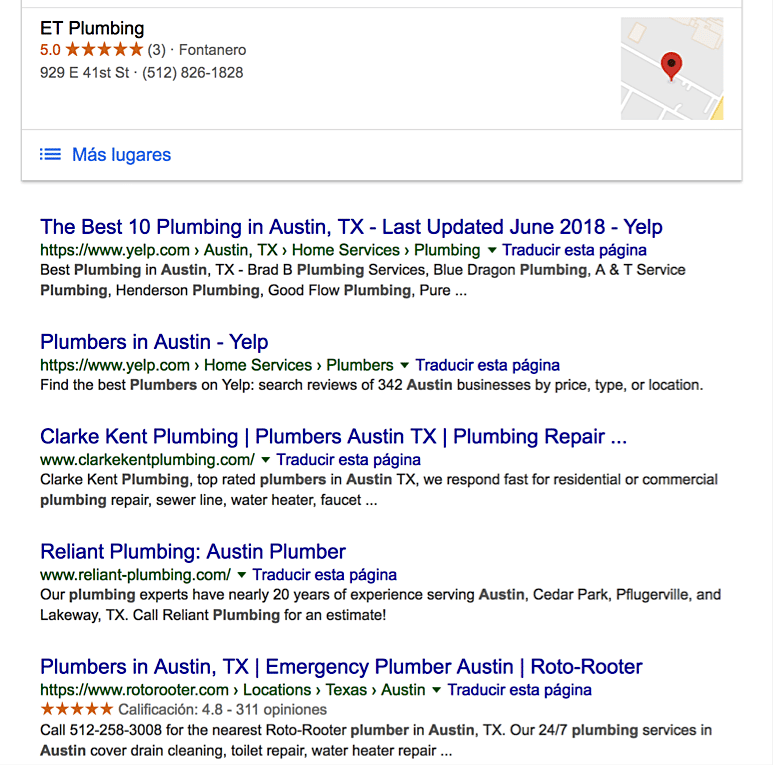
Of course, the exact formulas used to rank these isn’t known. But the team over at Moz have done some pretty rigorous testing to approximate the importance of different ranking factors:
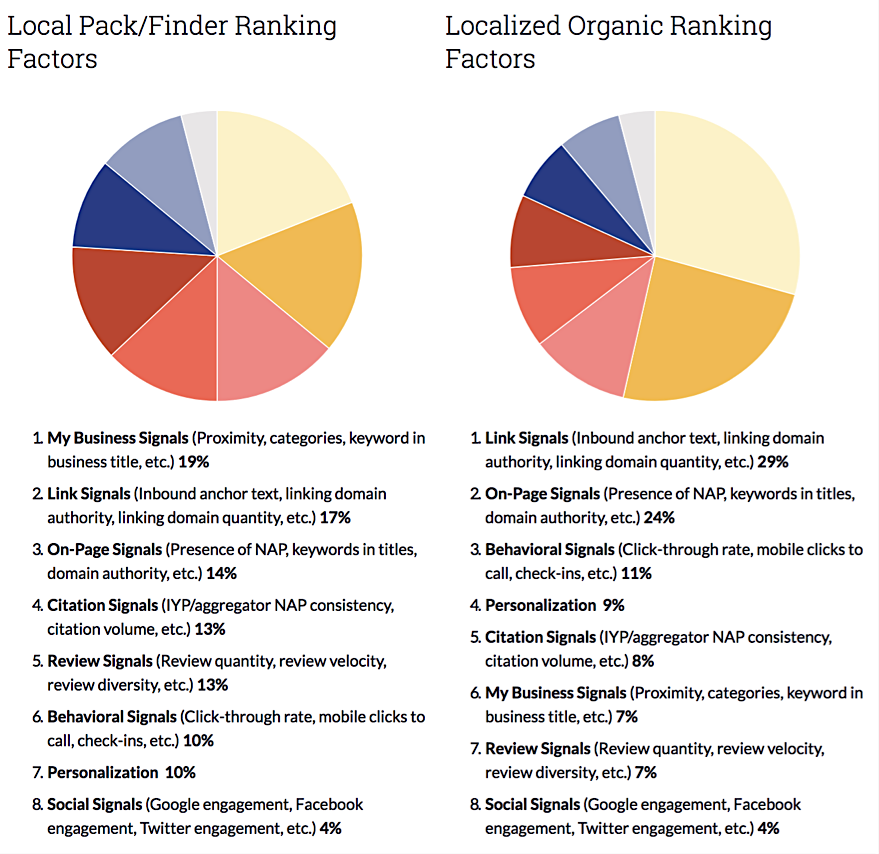
You should prioritize your SEO efforts according to these factors and my tips today will reflect that by focusing on the most important signals.
Quick Win #1 – Optimize Google My Business
Even though it doesn’t seem to impact the organic ranking of your page, the Google My Business signals account for nearly 1/5th of your local pack rank.
It’s also super easy to do, so I recommend that companies start there. Plus, Google My Business comes with a host of other benefits like posts that appear as knowledge graph cards, and the ability to build a mobile-optimized website. My friend Neil Patel recently published this great guide on how to optimize your My Business info to improve SEO and conversions.
Quick Win #2 – Make Sure Your NAP Is Consistent
Your NAP (Name, Address, Phone Number) should be consistent across the entire web. This helps Google’s crawlers properly credit you with each mention, link, and review they find online.
Start by making sure that you use the same information across your entire site. Don’t list an 800 number on your homepage but a cell phone on your “About Us” page.
Then check with any local listings on sites like Yelp and TripAdvisor. This might include community pages, like your local chamber of commerce:
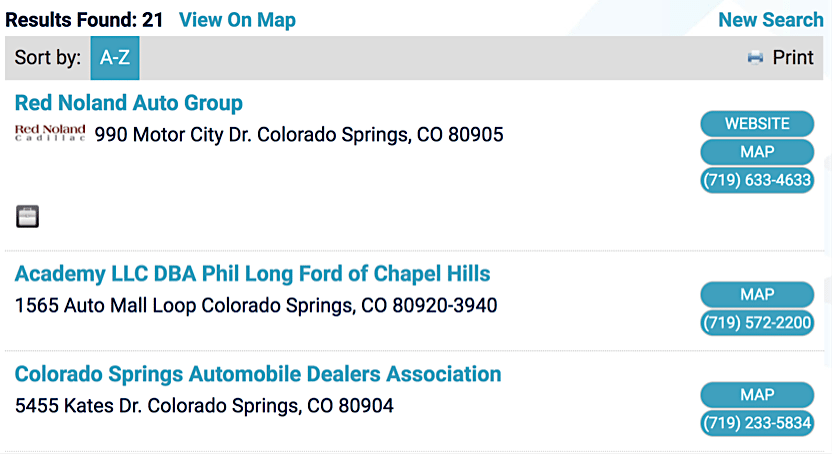
Quick Win #3 – Use Moz Local to Find Missing Link and Citation Opportunities
Moz Local has a free search tool that will check all the most important online directories and make sure that your business is included with complete and consistent information:
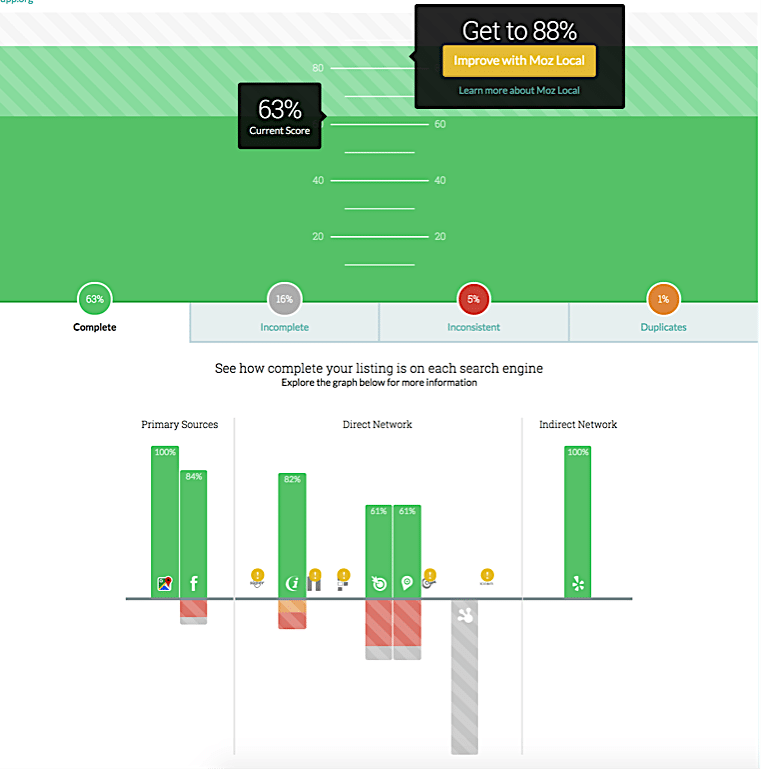
They’ll let you know if your NAP information is inconsistent and give you specific advice for improving your listings, such as adding a category tag or more photos:
Most importantly, having more complete directory citations will improve your Google rank. And it comes with an added side benefit…
Many customers go straight to directories like Yelp to find local businesses and it’s not uncommon to find these directory pages outranking local listings in Google. So making sure that you’re properly represented everywhere will help these potential customers trust and contact you.
Quick Win #4 – Make Your Phone Number Clickable
As a business owner, you should make it as easy as possible for customers to contact you.
You’ll also notice that the third most important signal for localized organic listings is Behavioral Signals. That includes conversion data like mobile clicks to call.
For example, check out this San Diego plumbing company. When you click the phone number at the top of the page it prompts you to call:
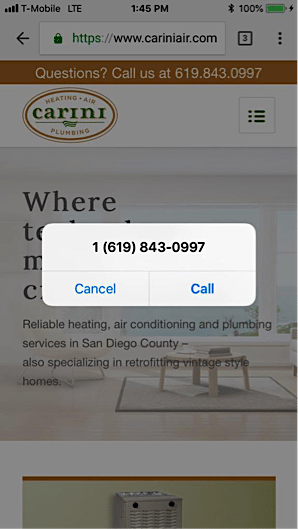
Google will appreciate the user convenience and the more calls your company receives, the more this signals your company’s popularity, boosting its rank.
Implementing this is as easy as adding a link to your page!
<a href=”tel:6198430997”>Questions? Call us at 619.843.0997</a>
If you’re using WordPress or another HTML tool, you just need to include the bold text and you’re set.
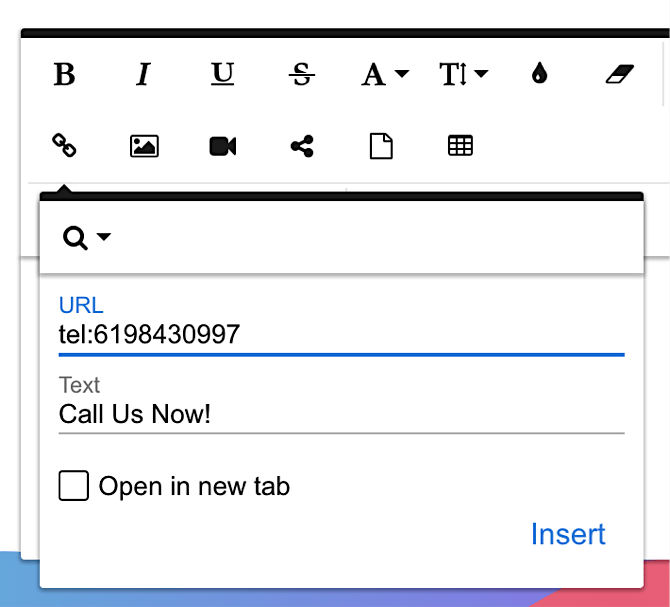
Quick Win #5 – Build Links with Community PR
Backlinks are a huge part of what determines your local rank and a great way to build relevant, local backlinks is to give back to your community.
Sponsoring local events like block parties or giving away a scholarship will not only make you look great to local patrons but should earn you backlinks from the websites run by your local news organizations.
These local links will send traffic and are very relevant for local search.
Quick Win #6 – Build Links with Local Partnerships
Another good linking strategy is to partner with local brands that share your customer base, but don’t directly compete with you.
For example, if you own a local skate shop, you could partner with the skate park in town to promote one another. You can ask them to link to your site as a recommended shop and you’ll link back to them in return.
You’ll both benefit from improved search ranking and referral traffic.
Conclusion
Like any other SEO project, local SEO is a long-term project. It takes time and consistent effort to own the first page of Google. If you’re in a competitive market, you may even want to consider hiring a digital marketing agency who specializes in SEO to help beat the competition.
But that doesn’t mean you shouldn’t start today by implementing these quick wins to optimize your site for search traffic. These best practices will make sure that your brand is starting with a leg up as you add more advanced content and advertising strategies.
